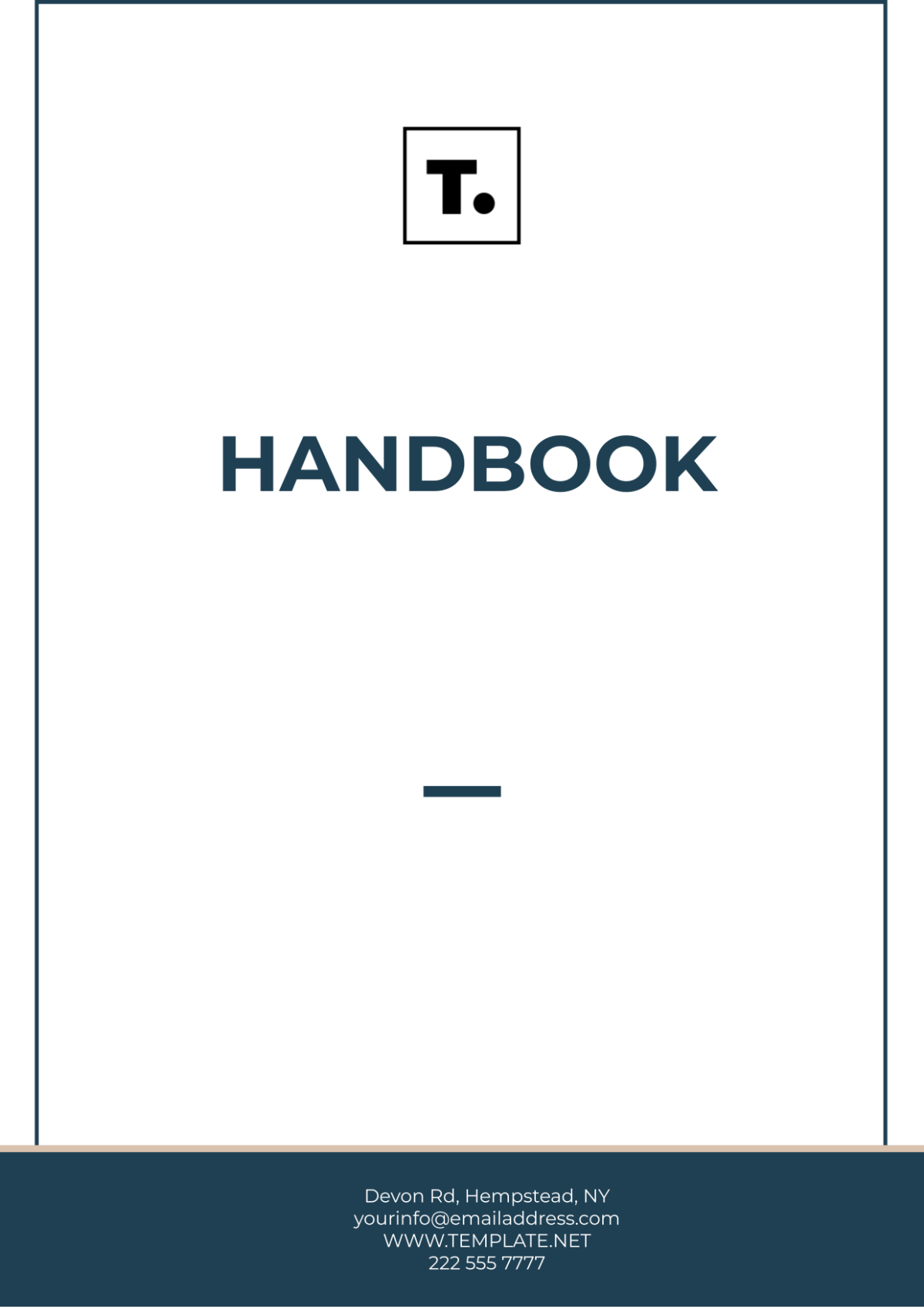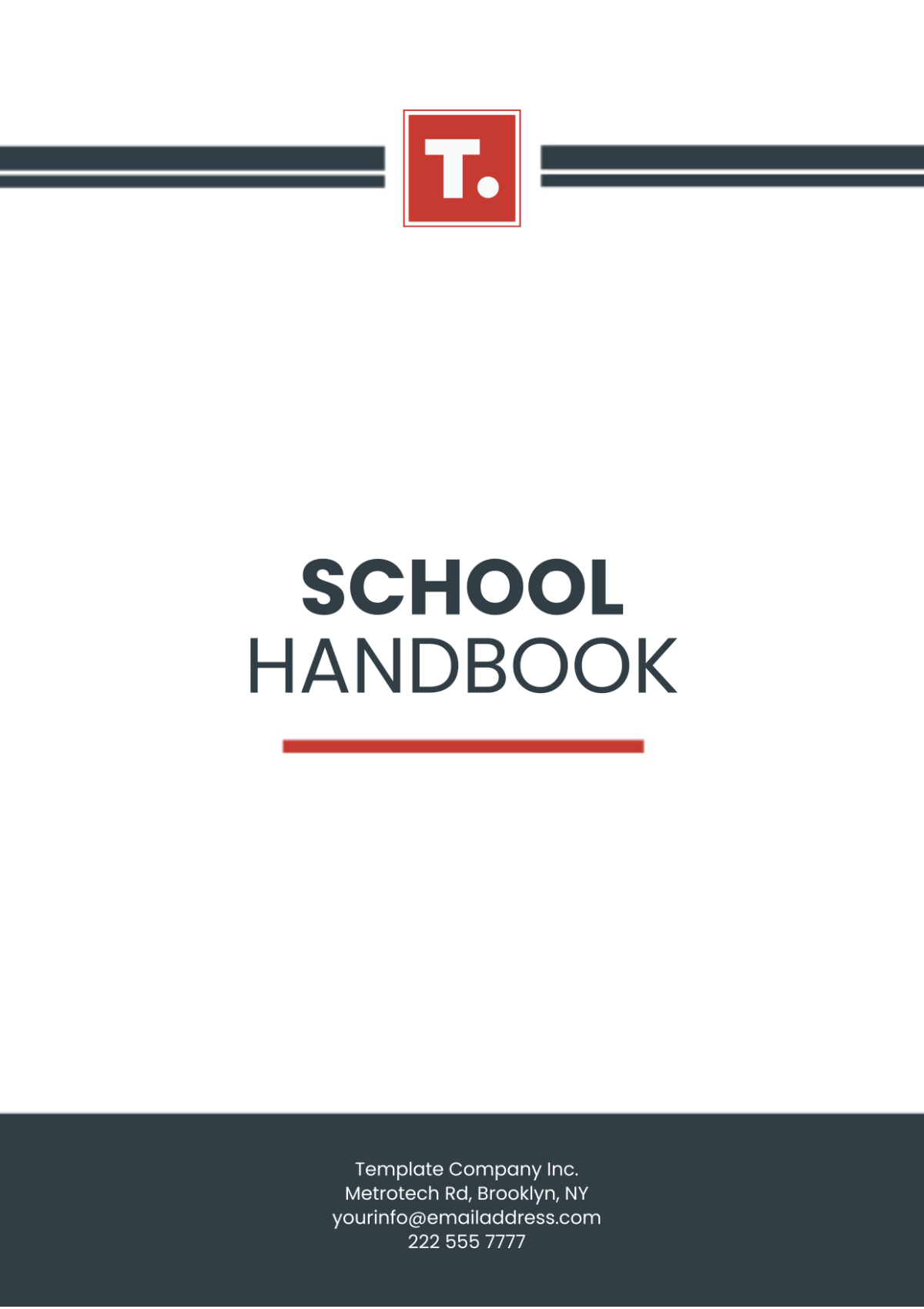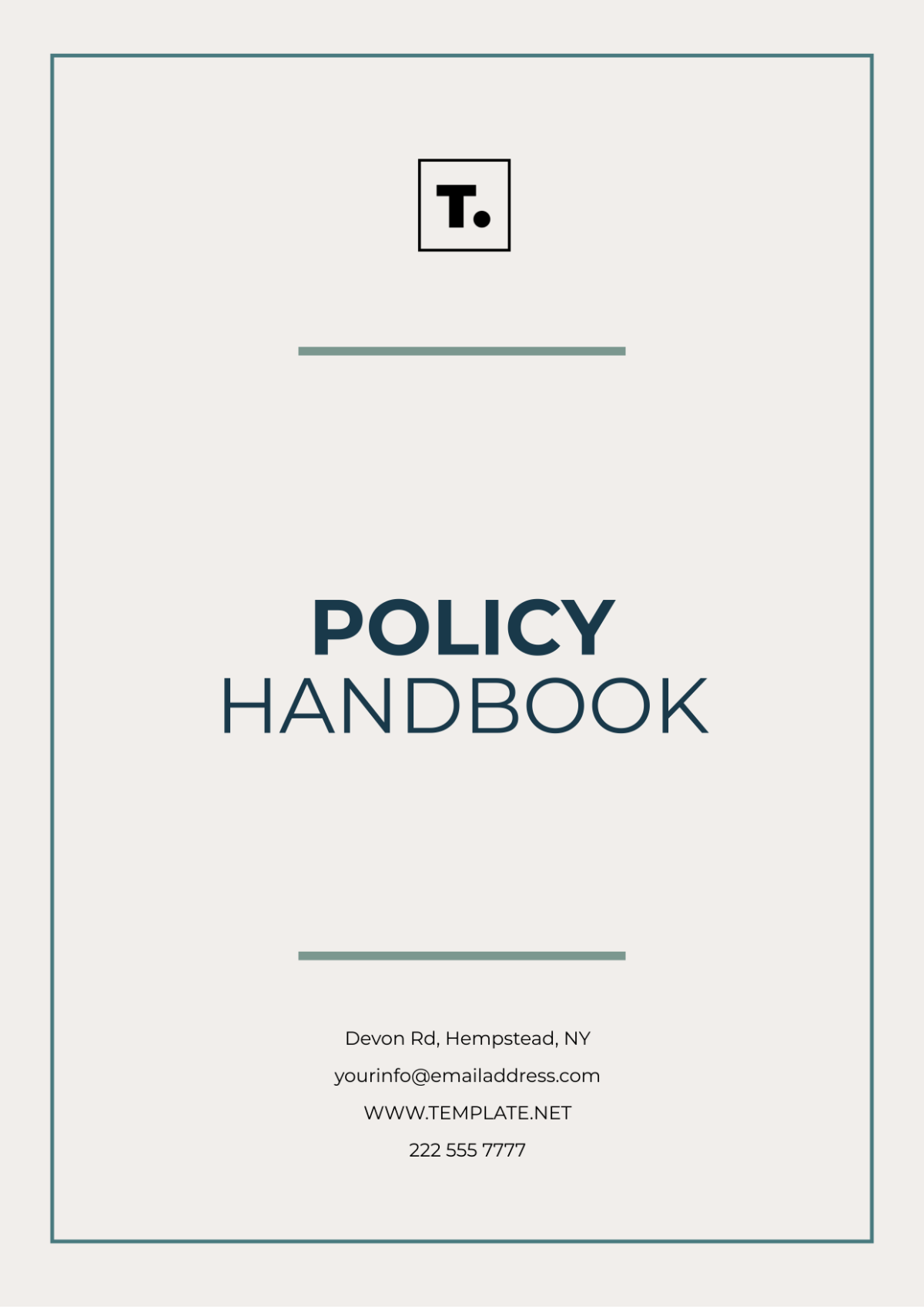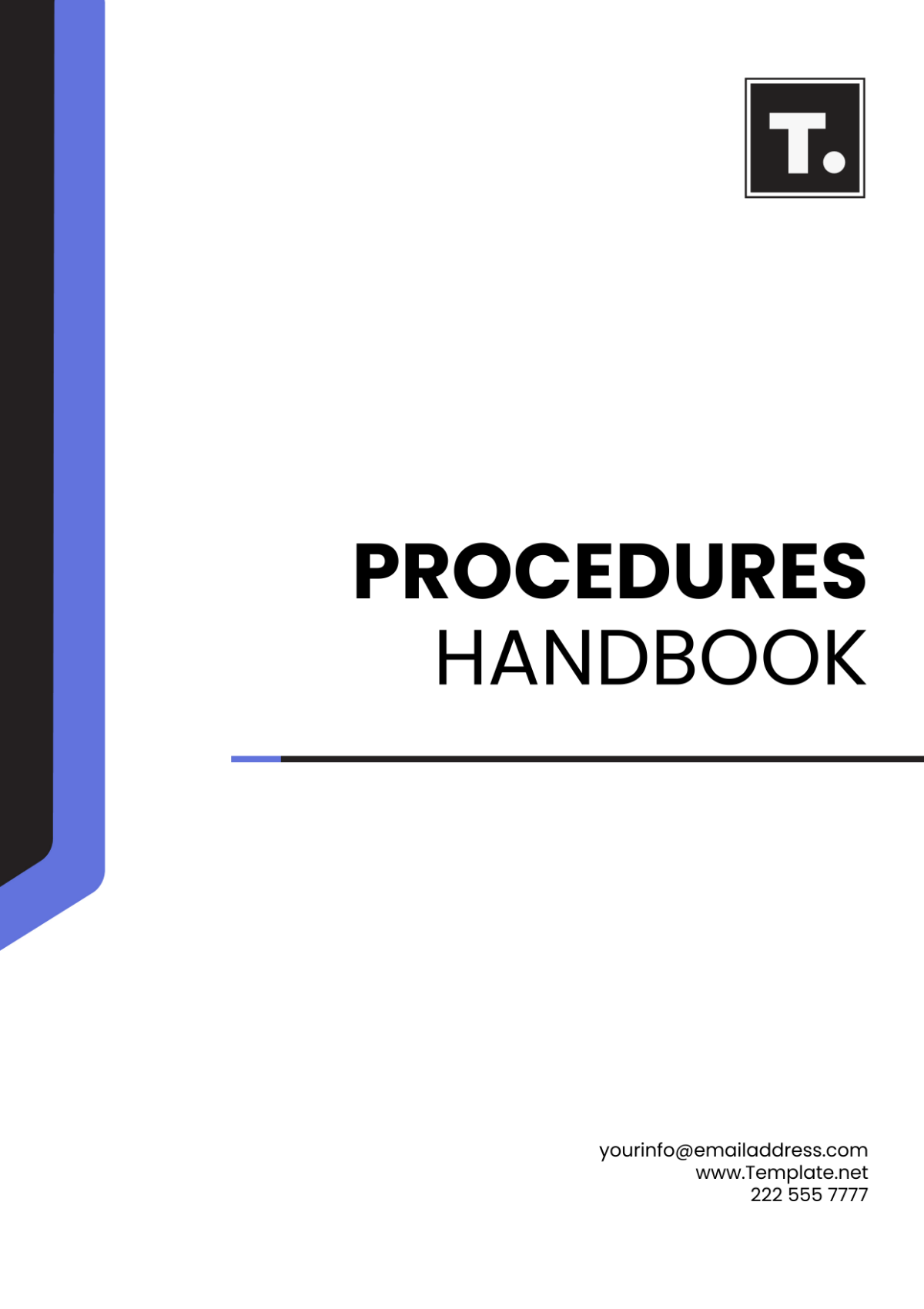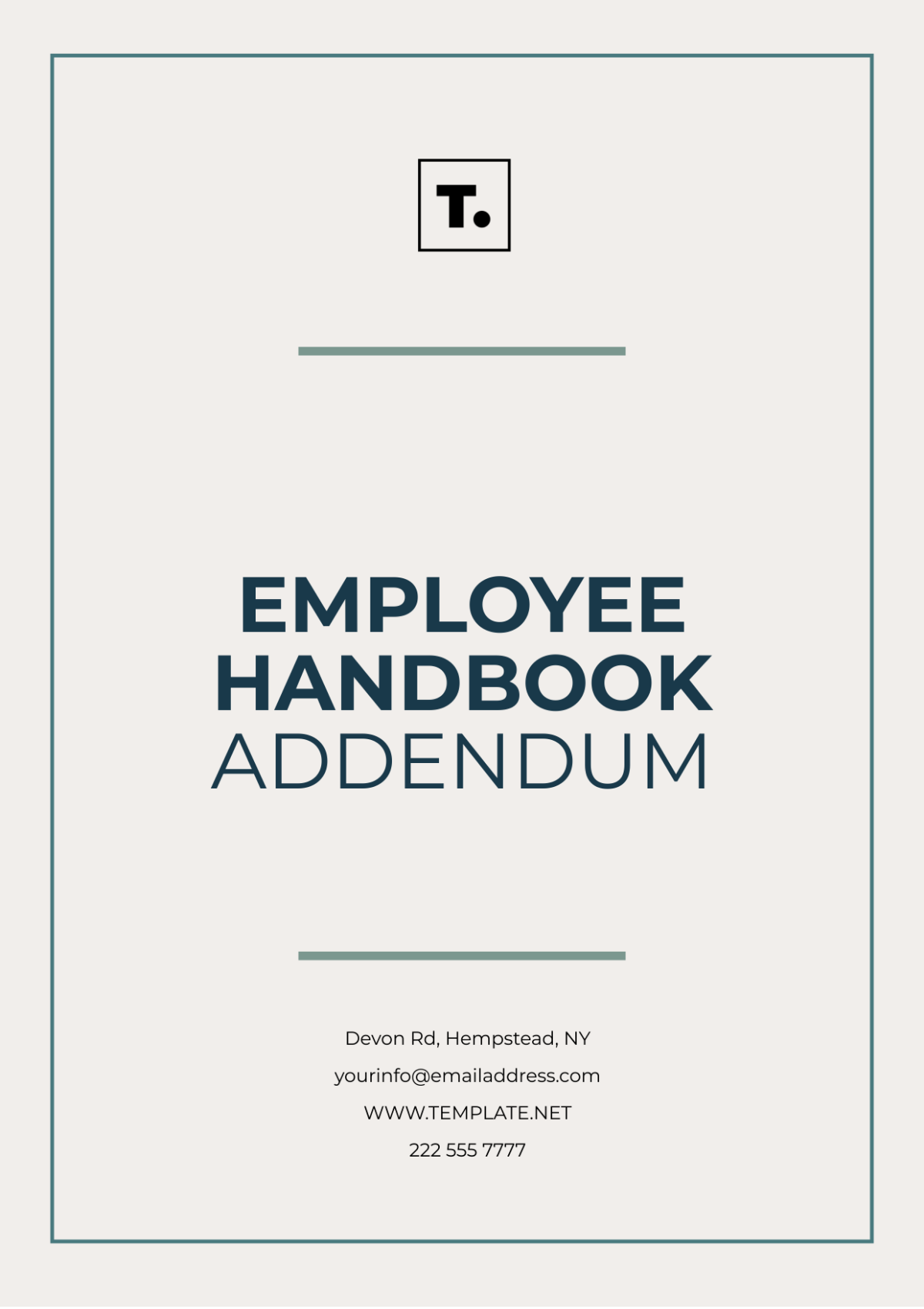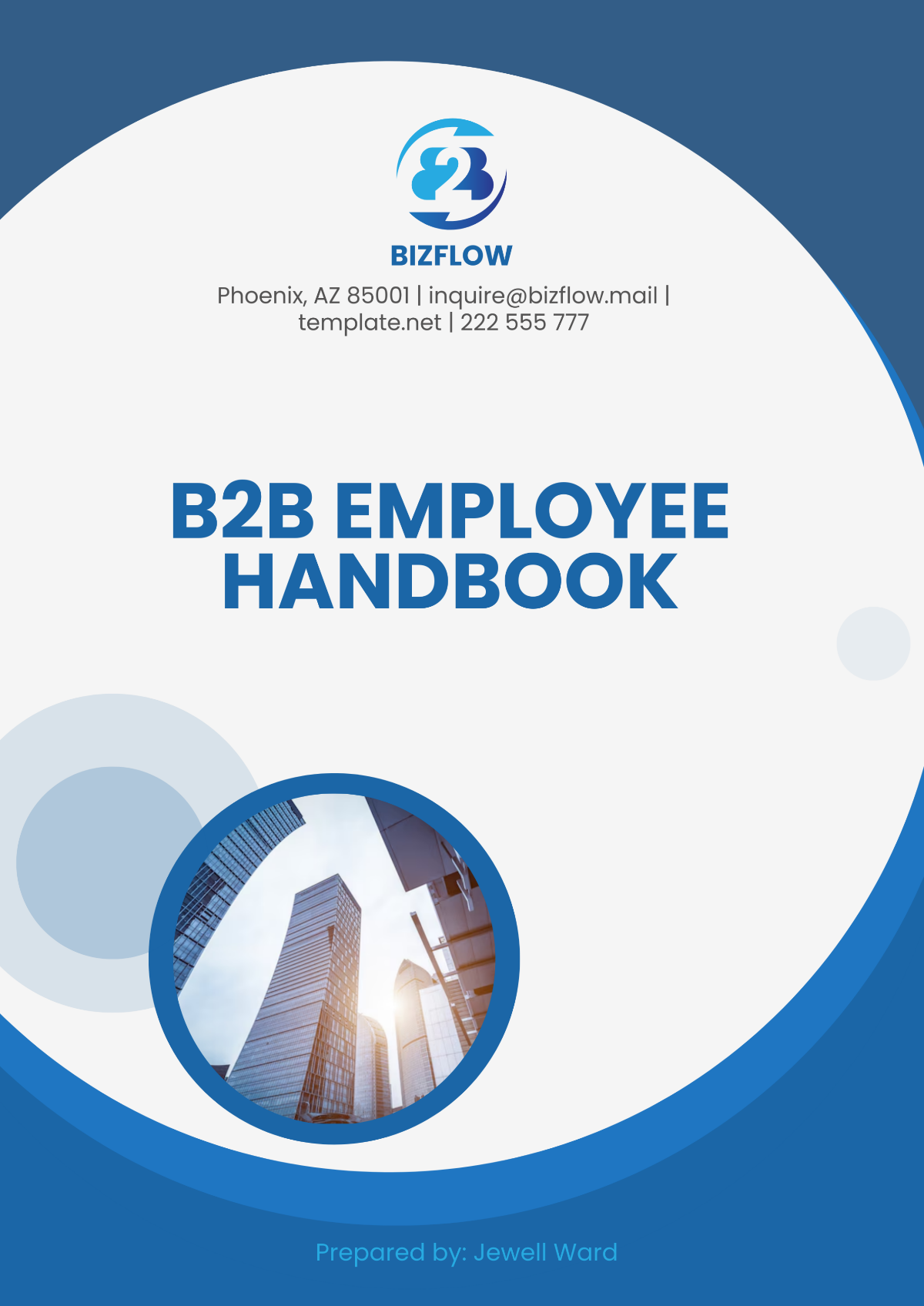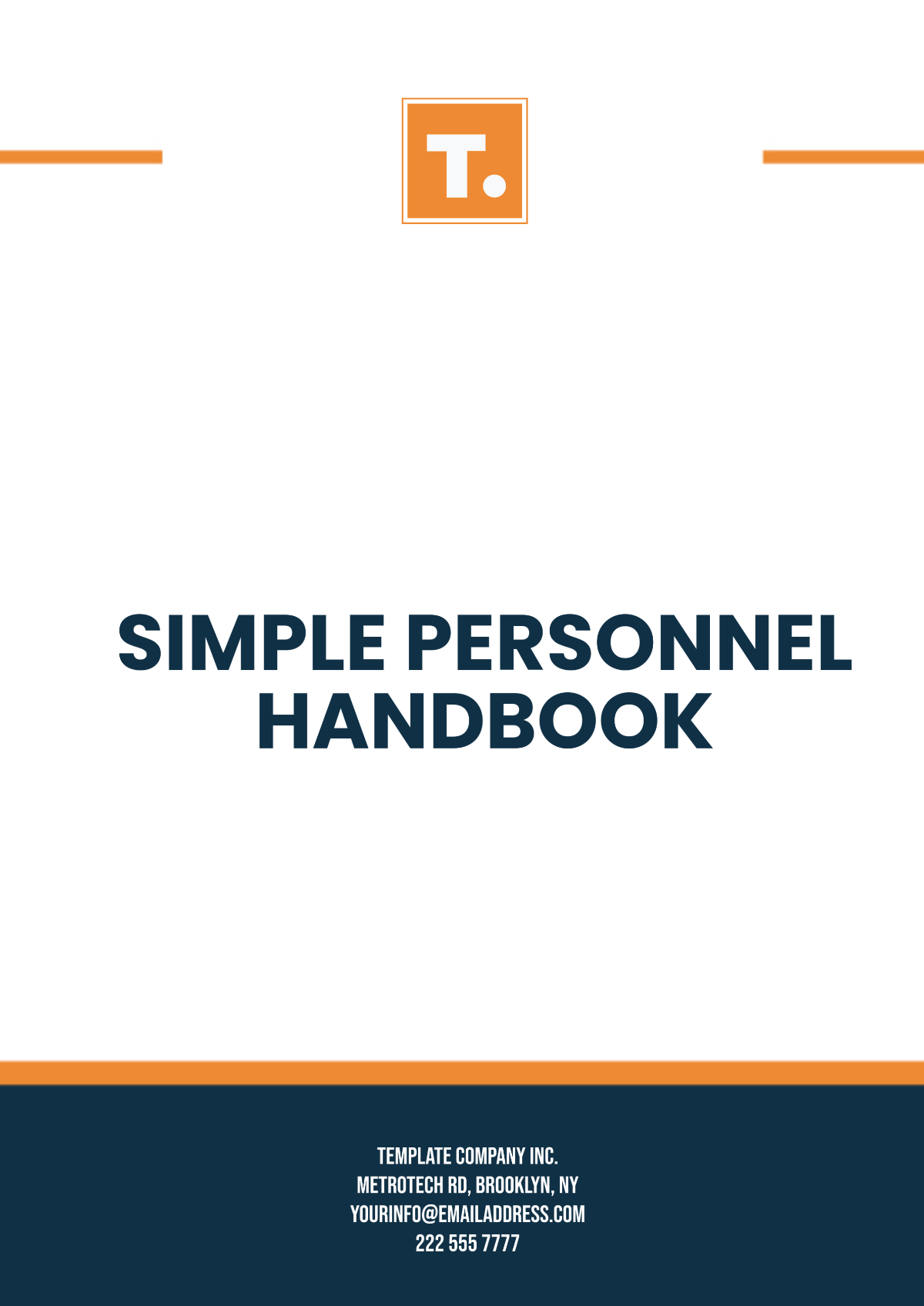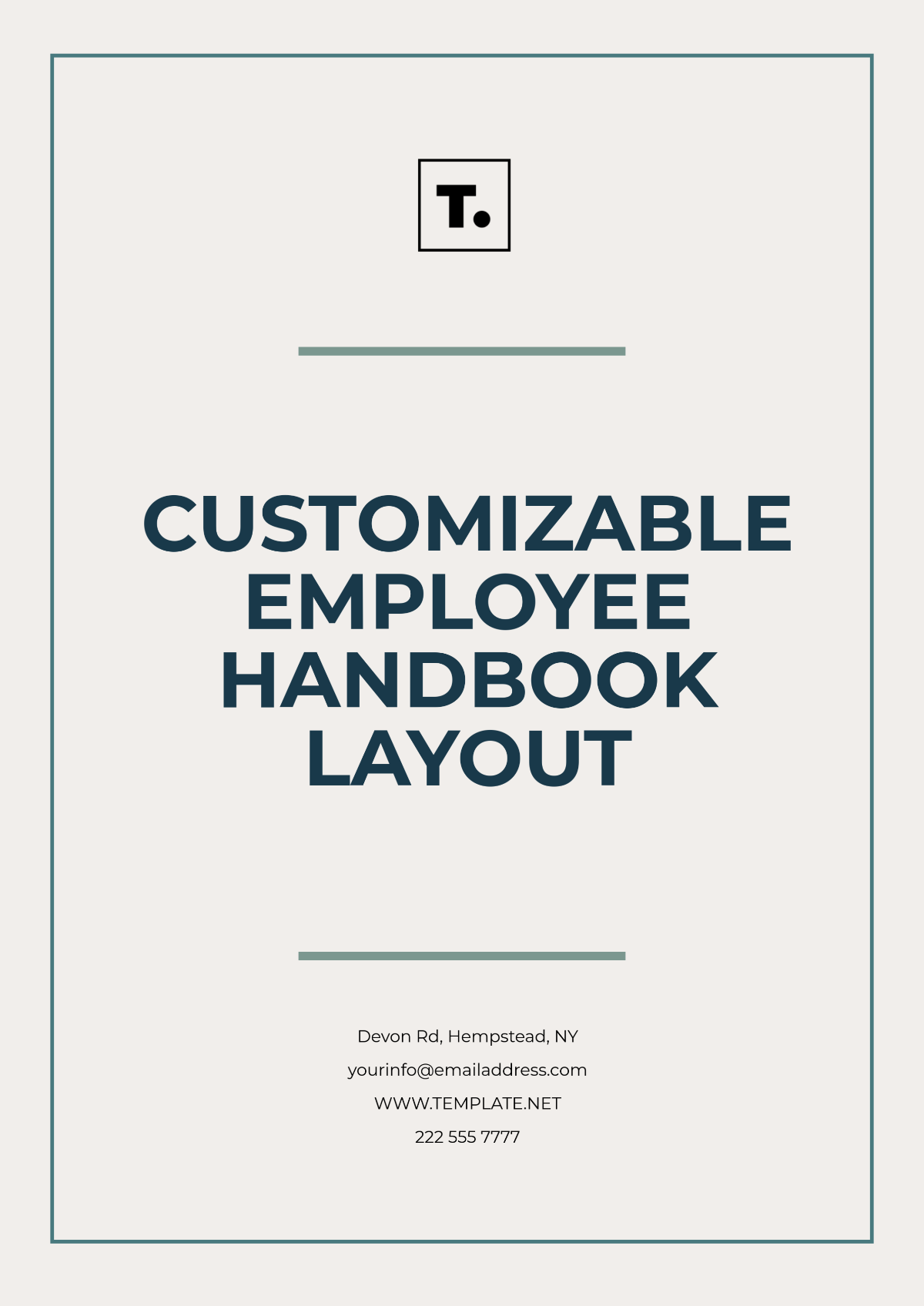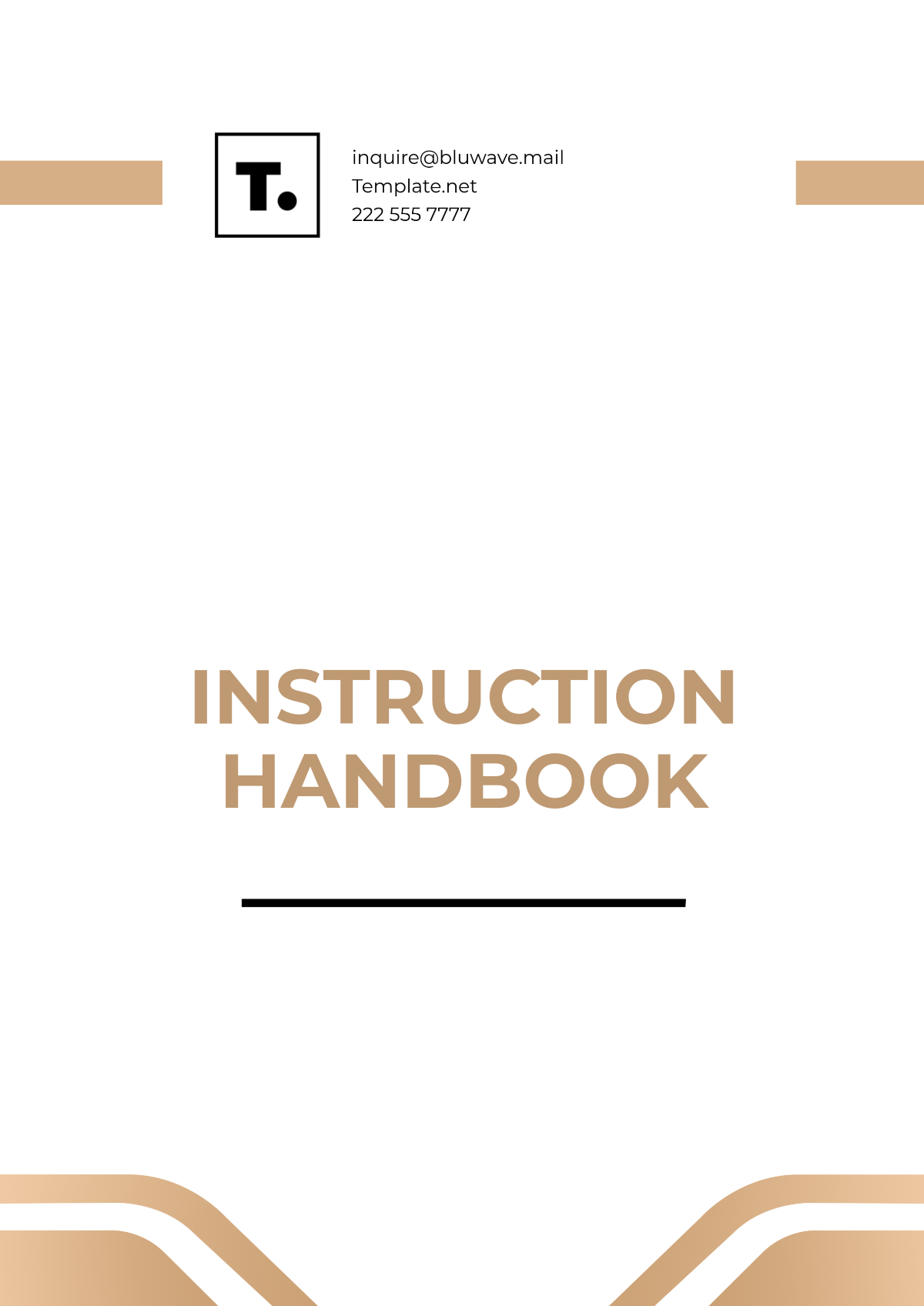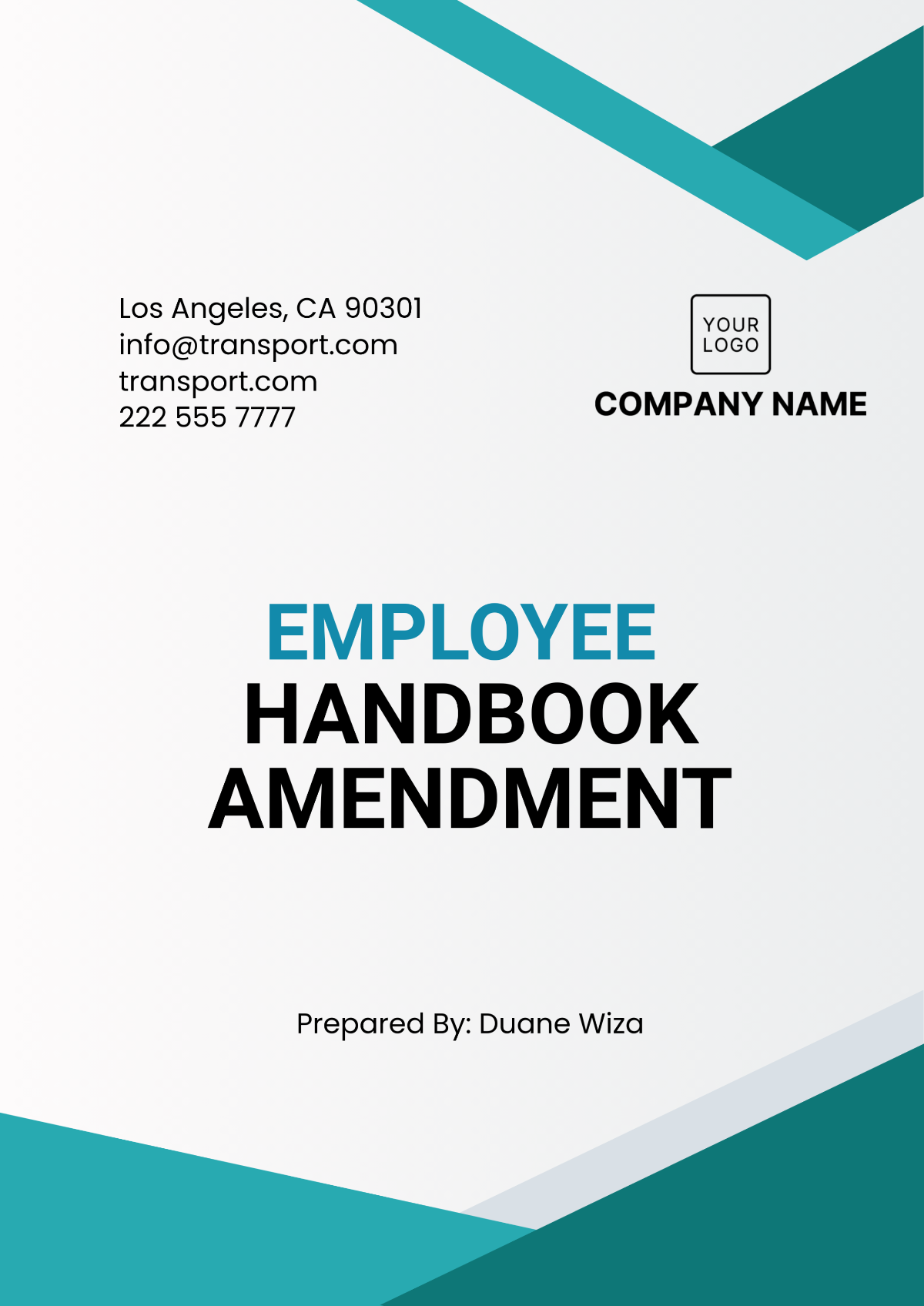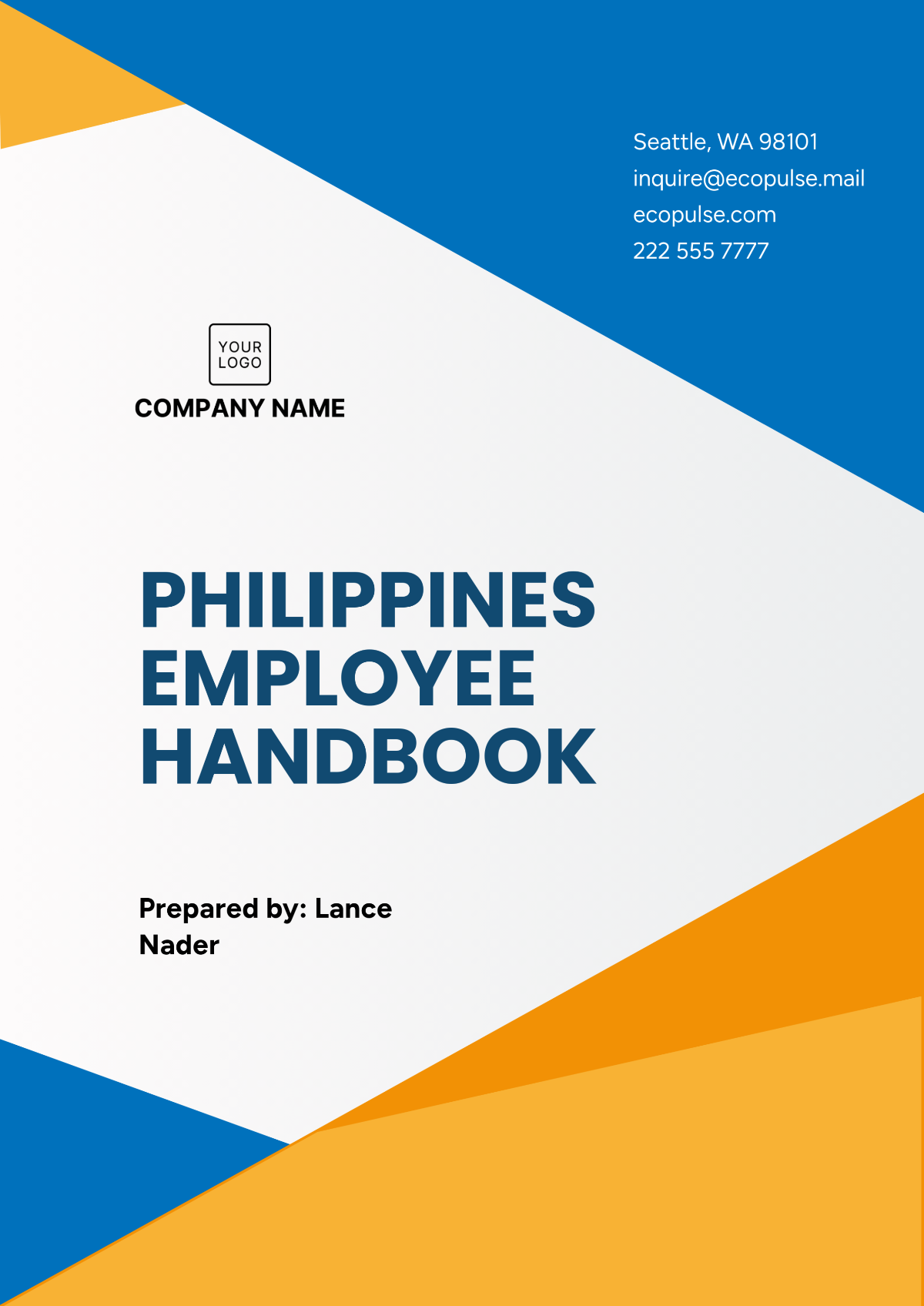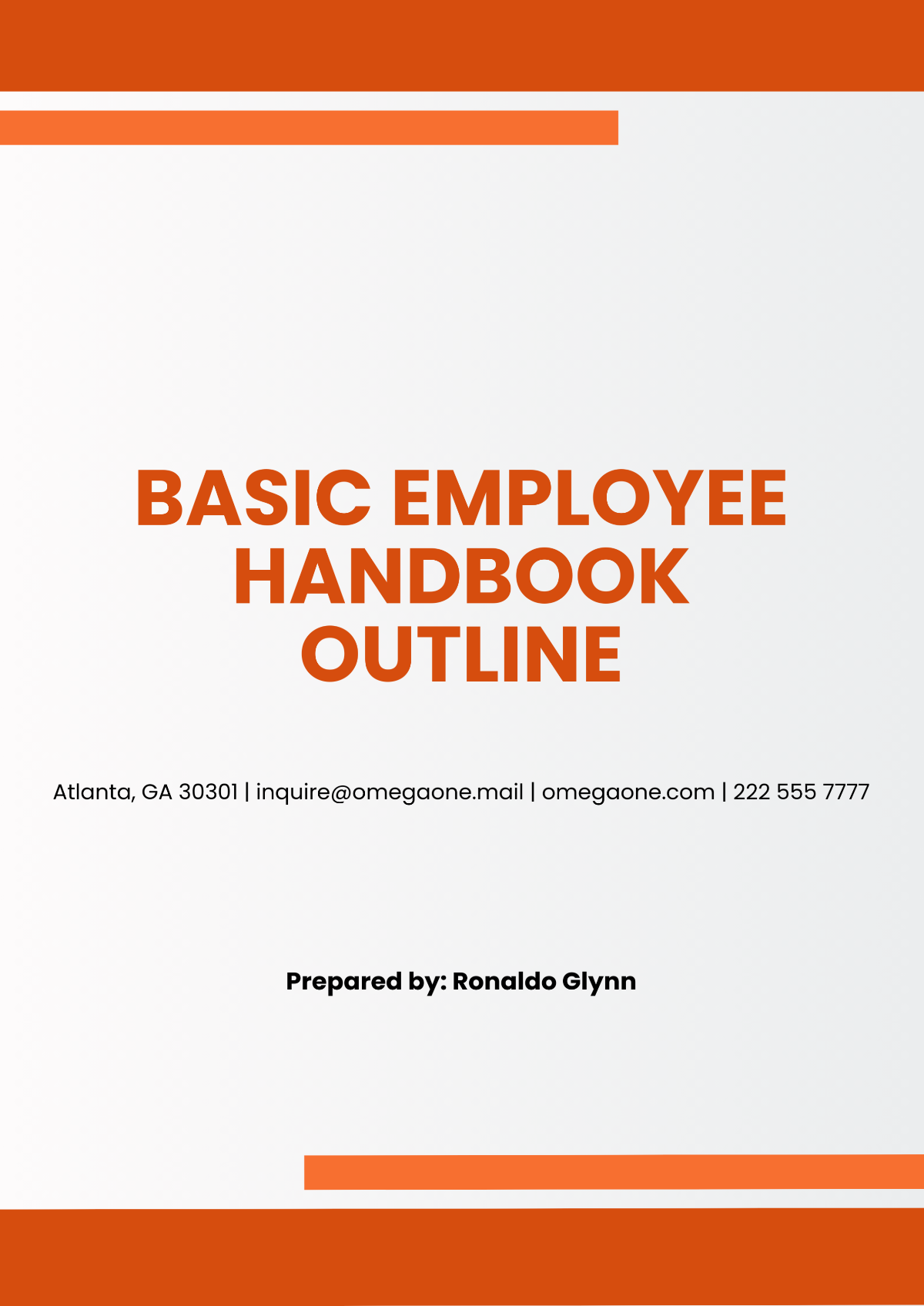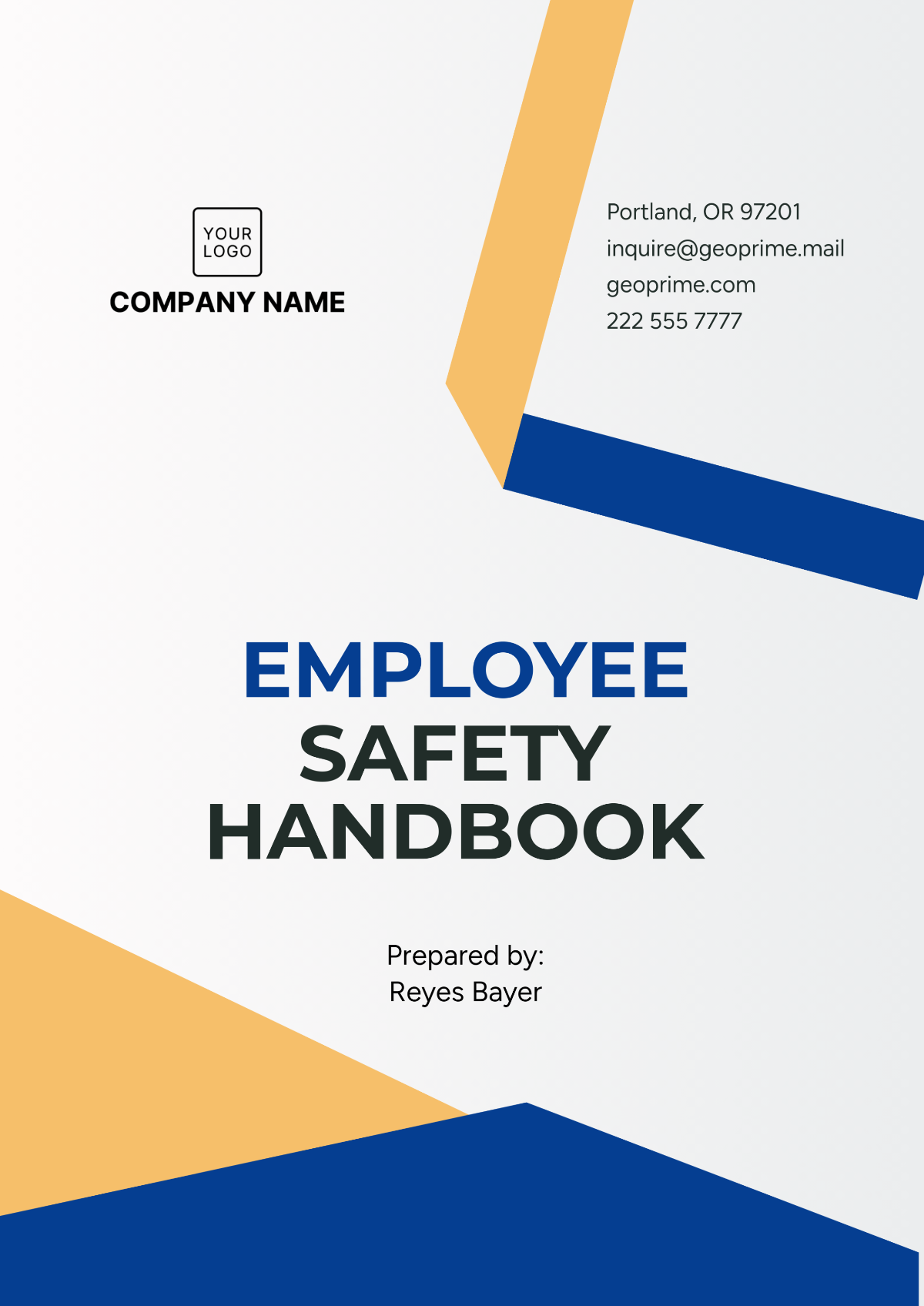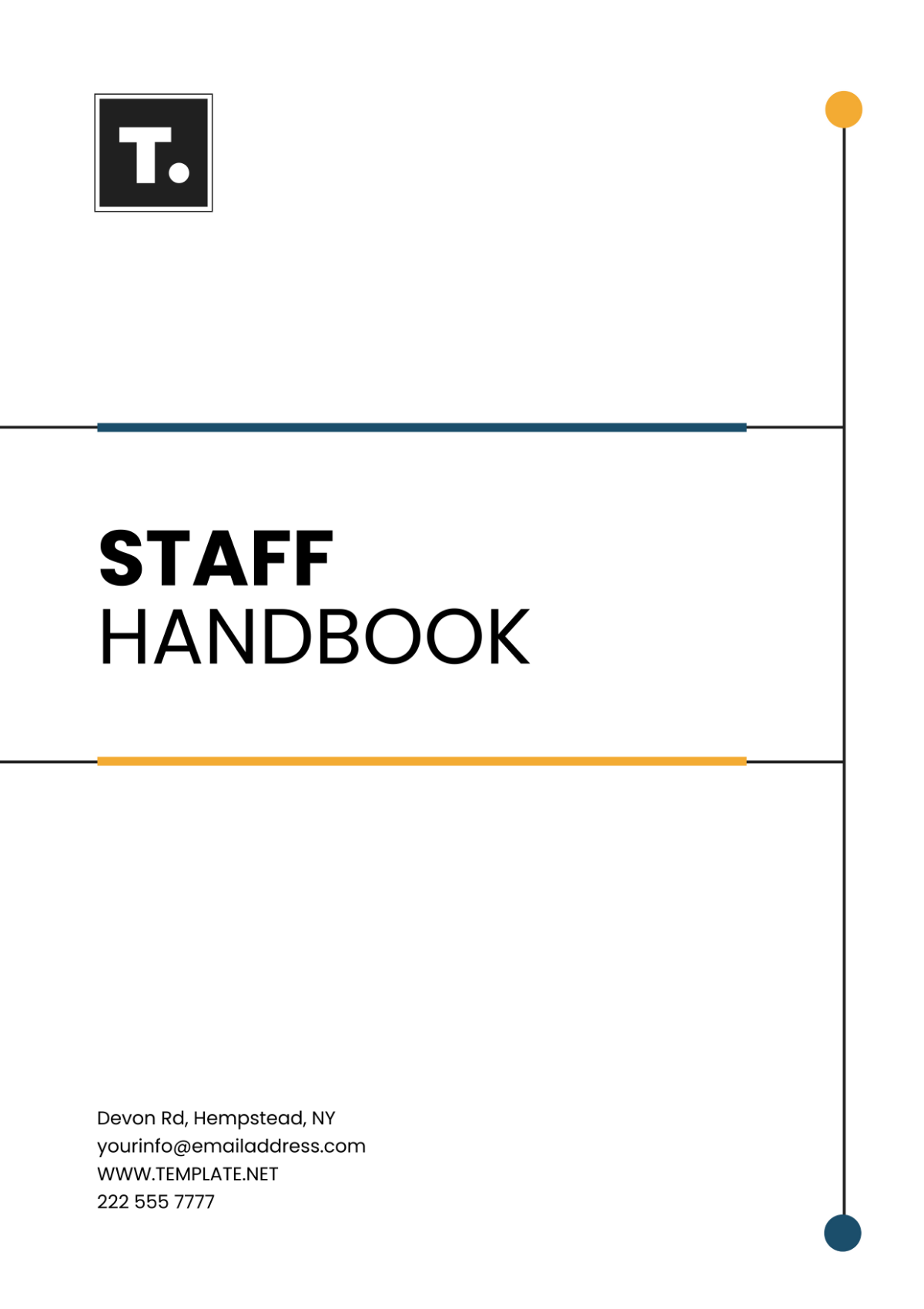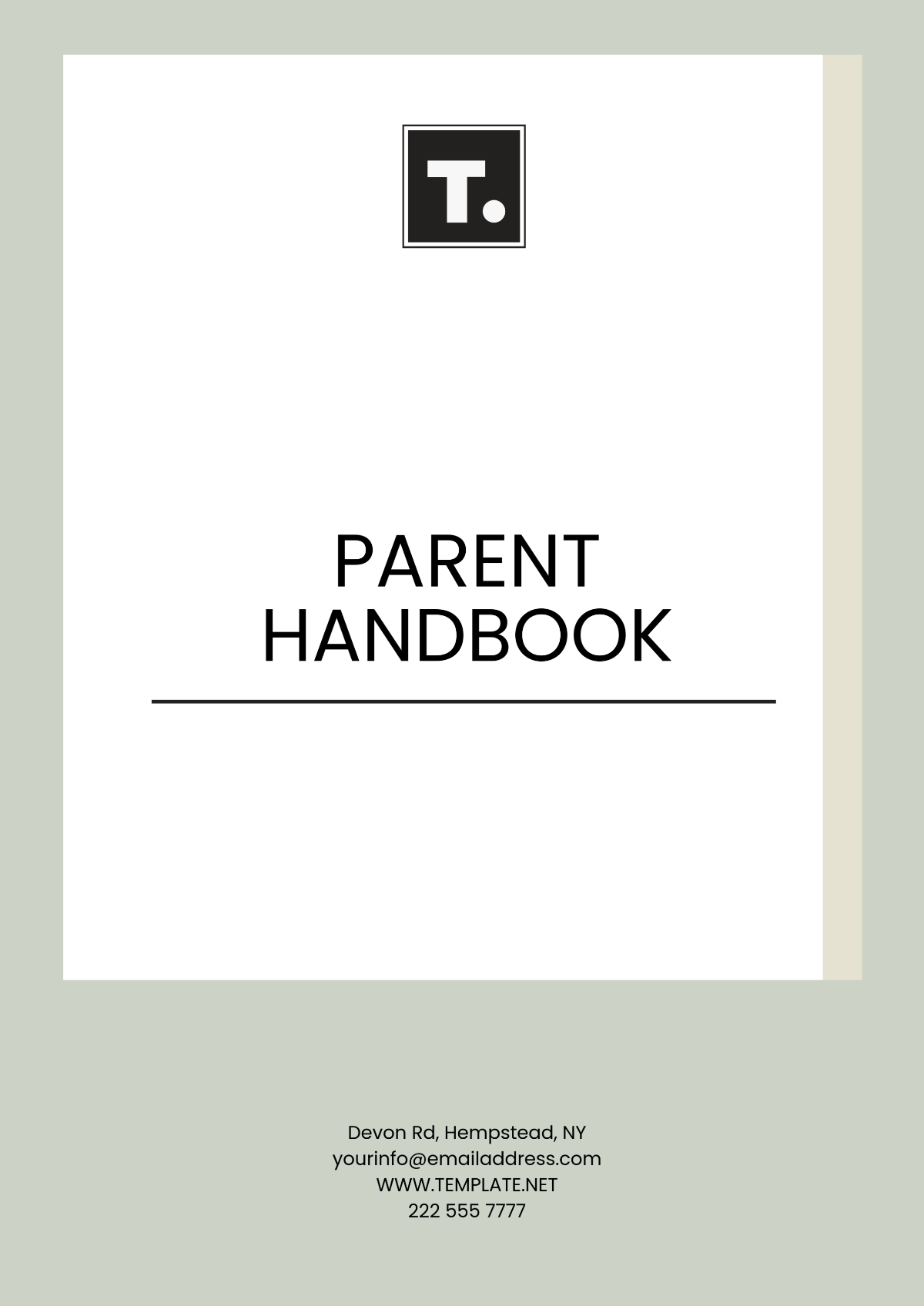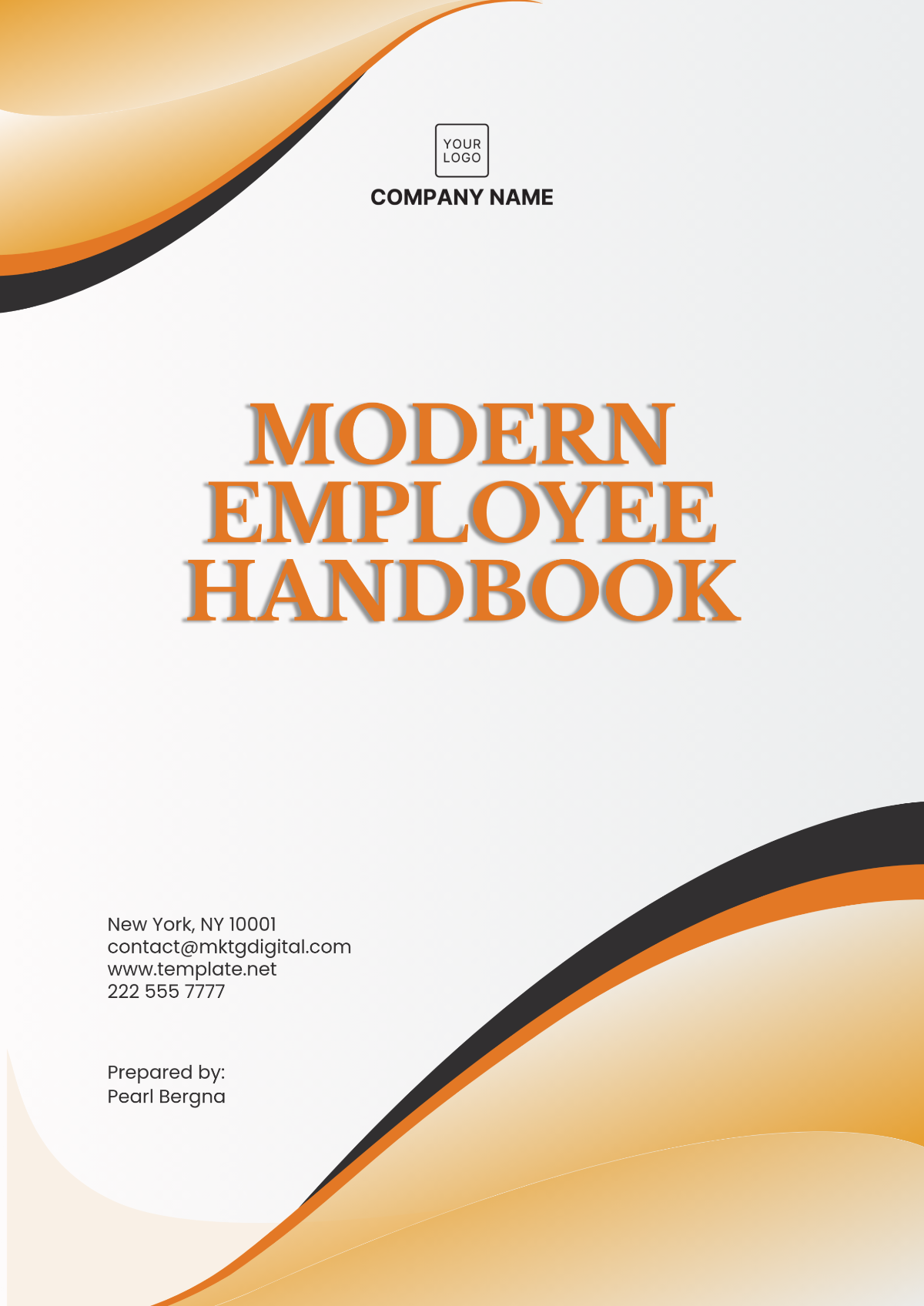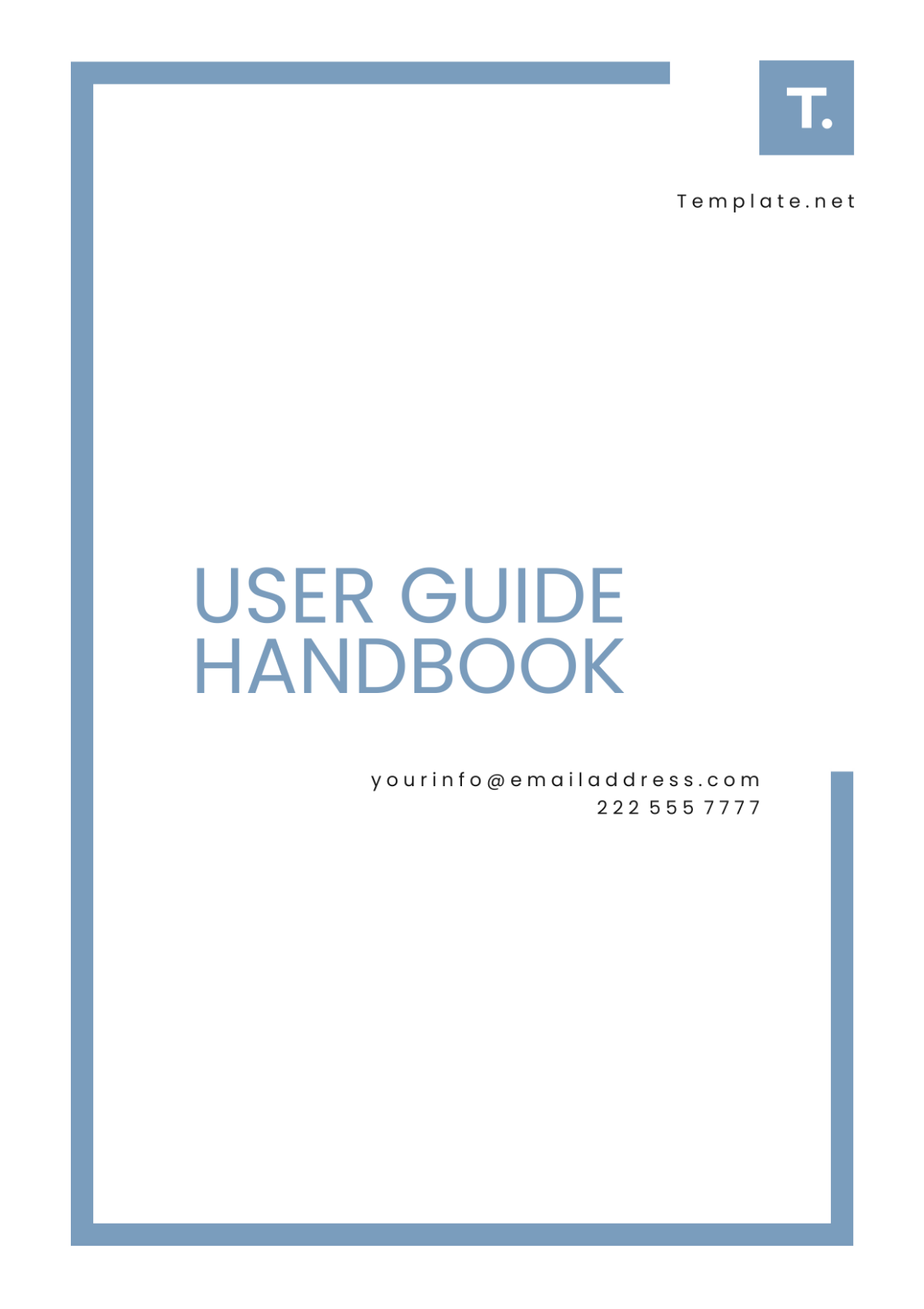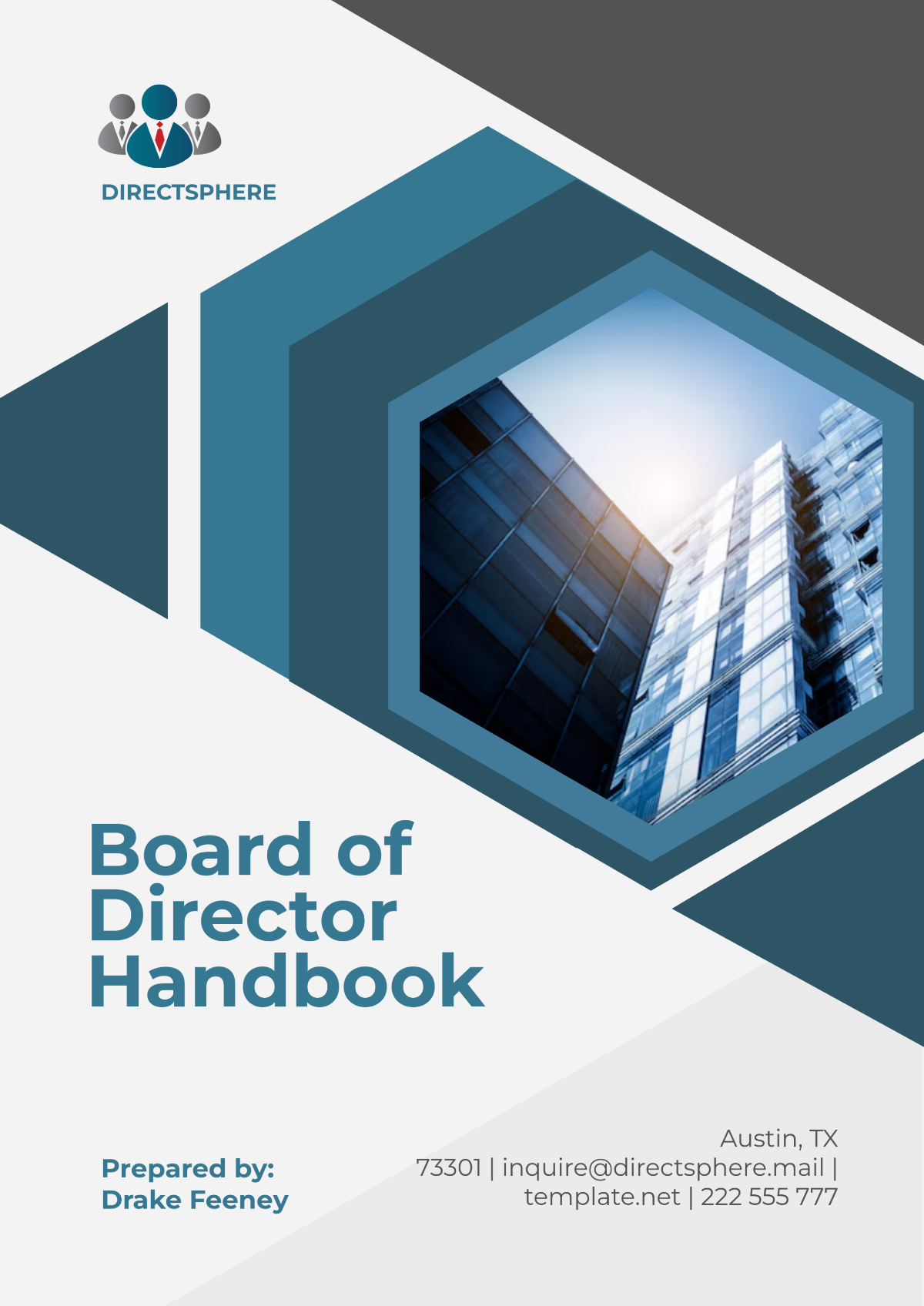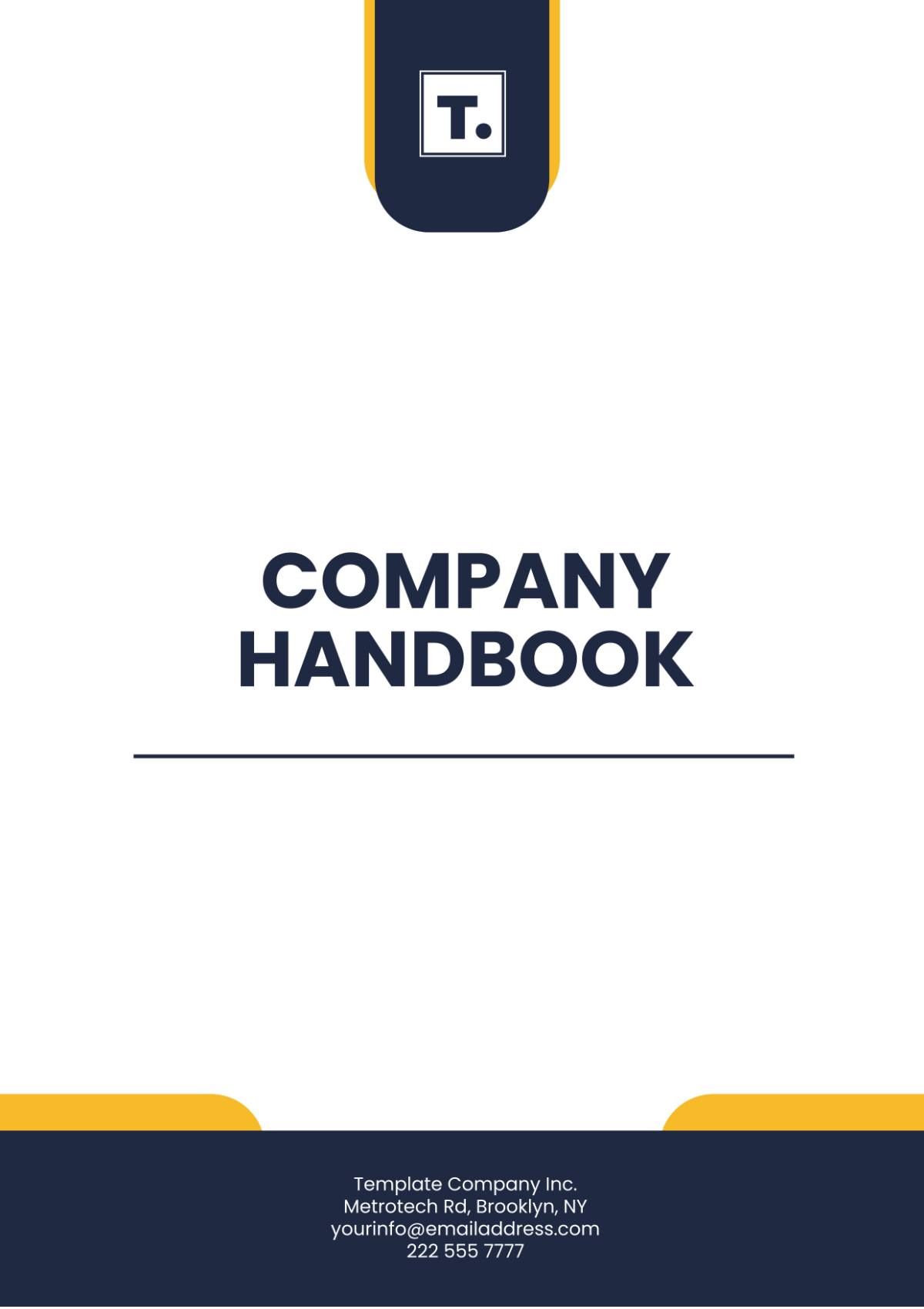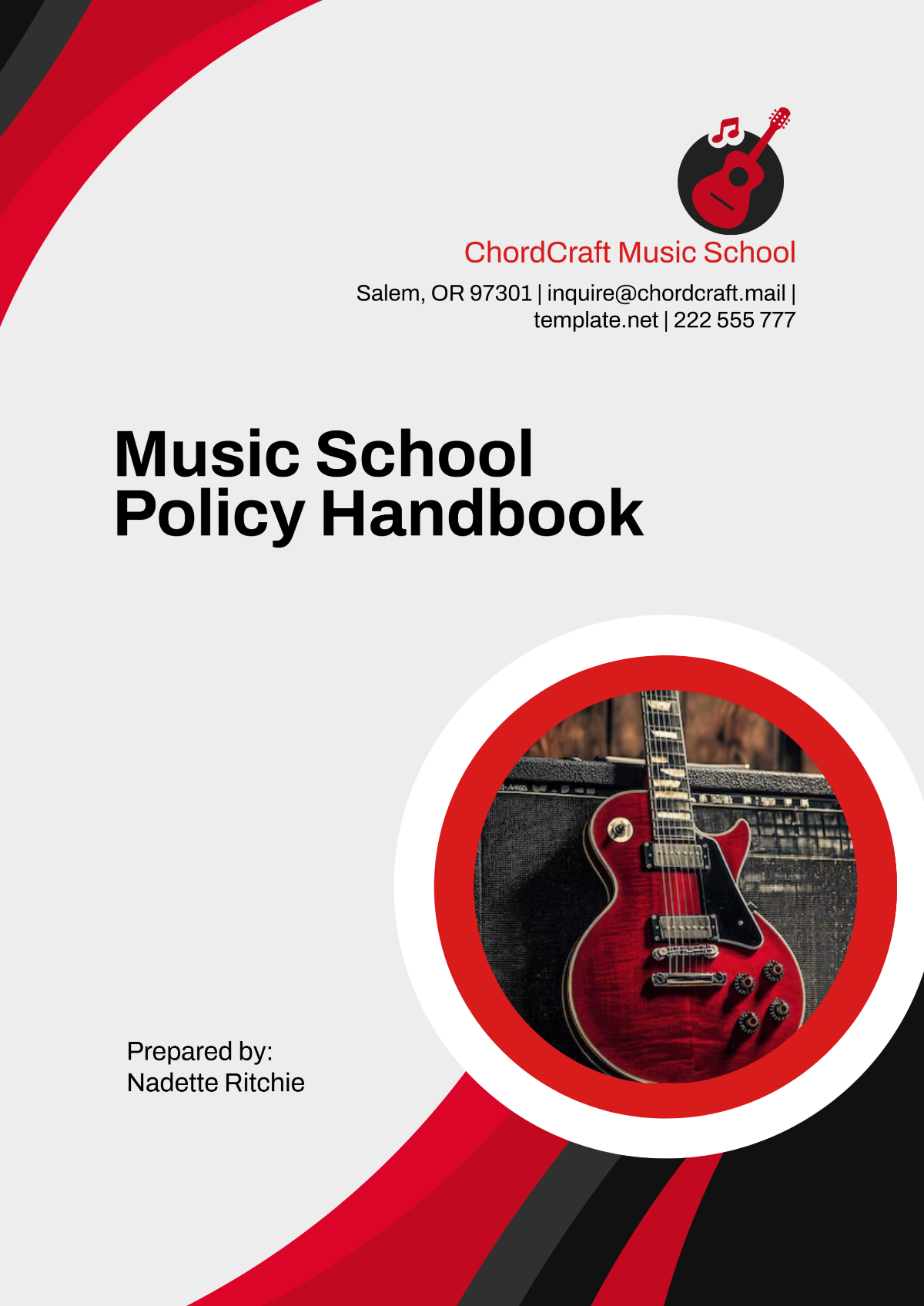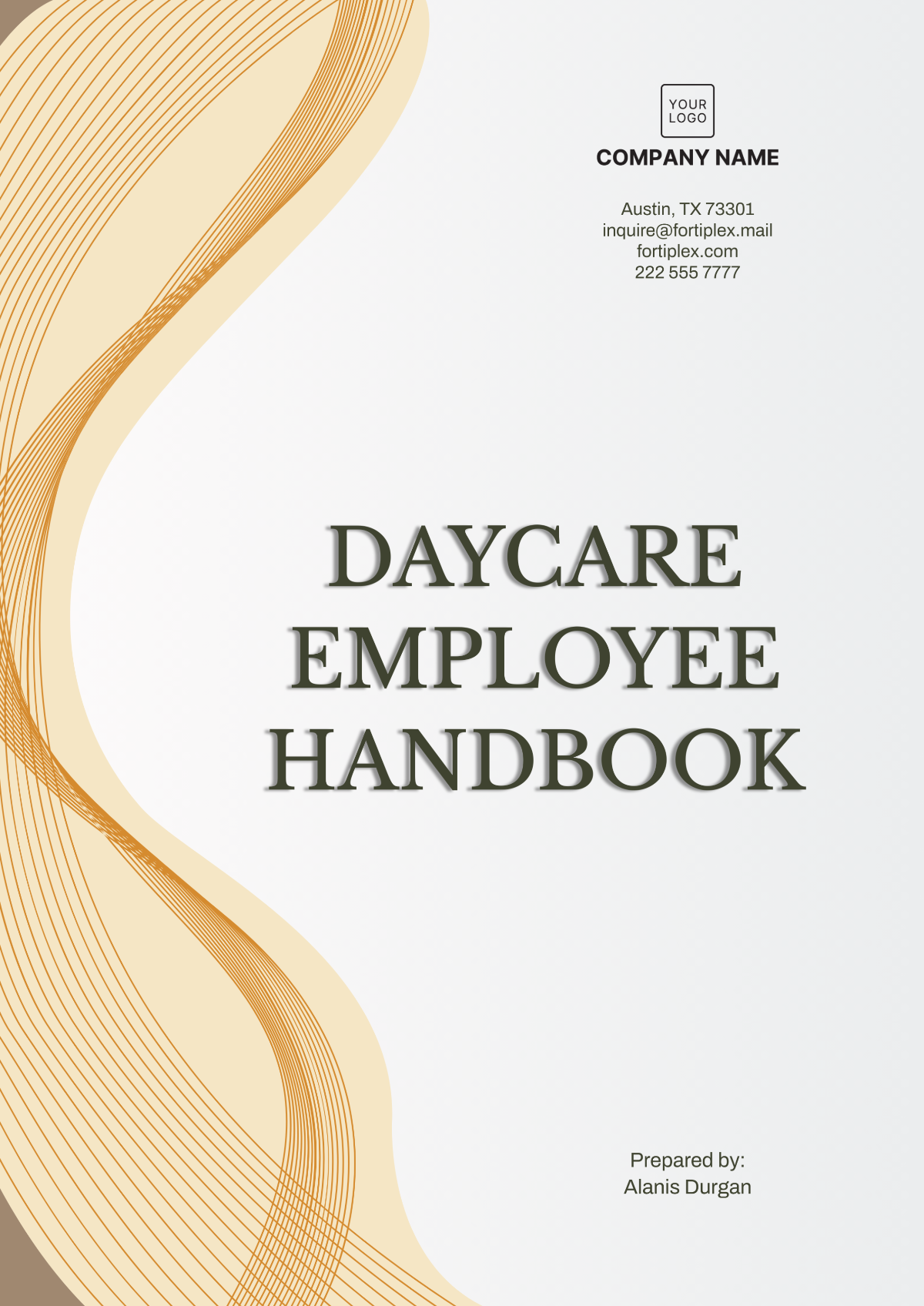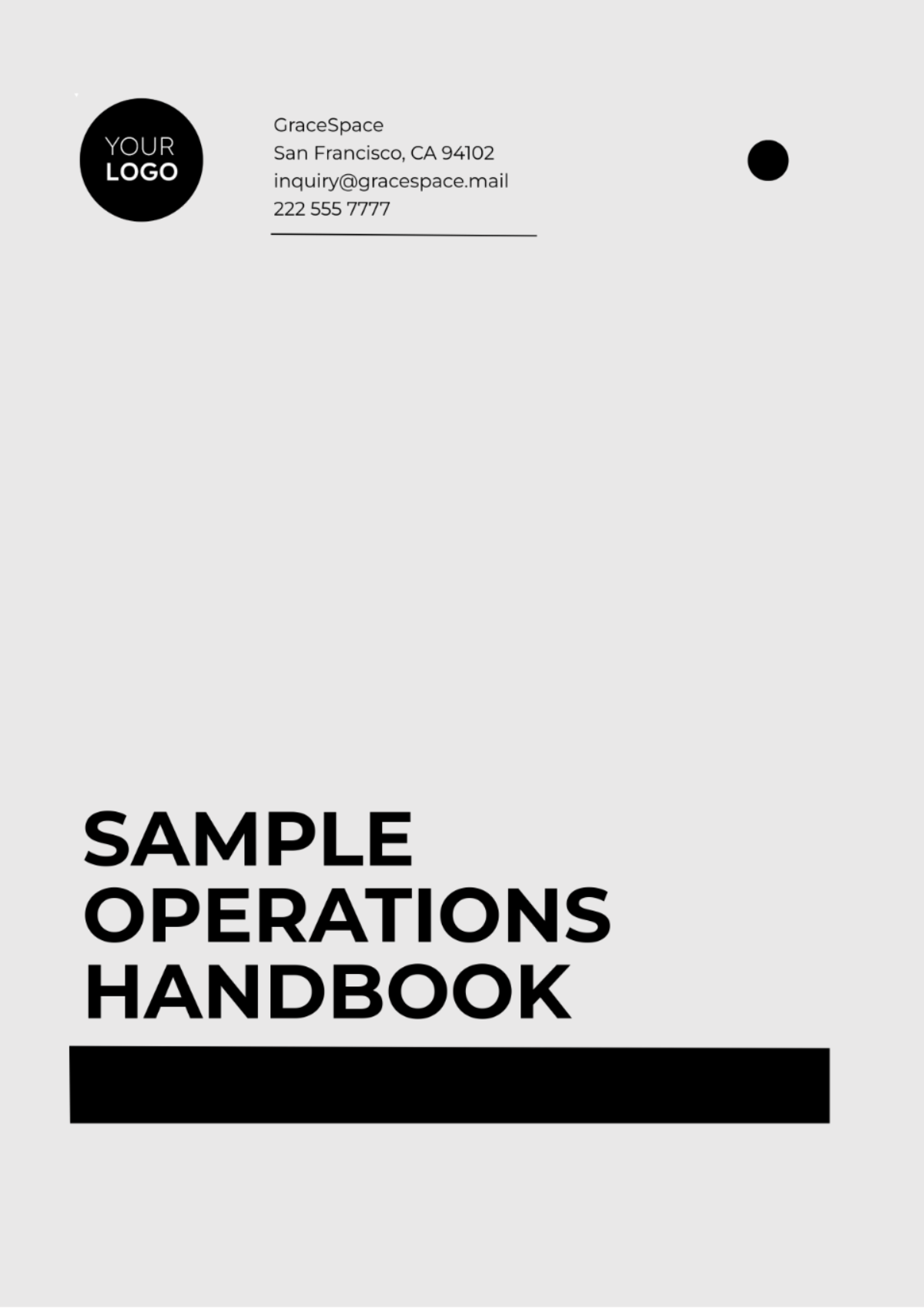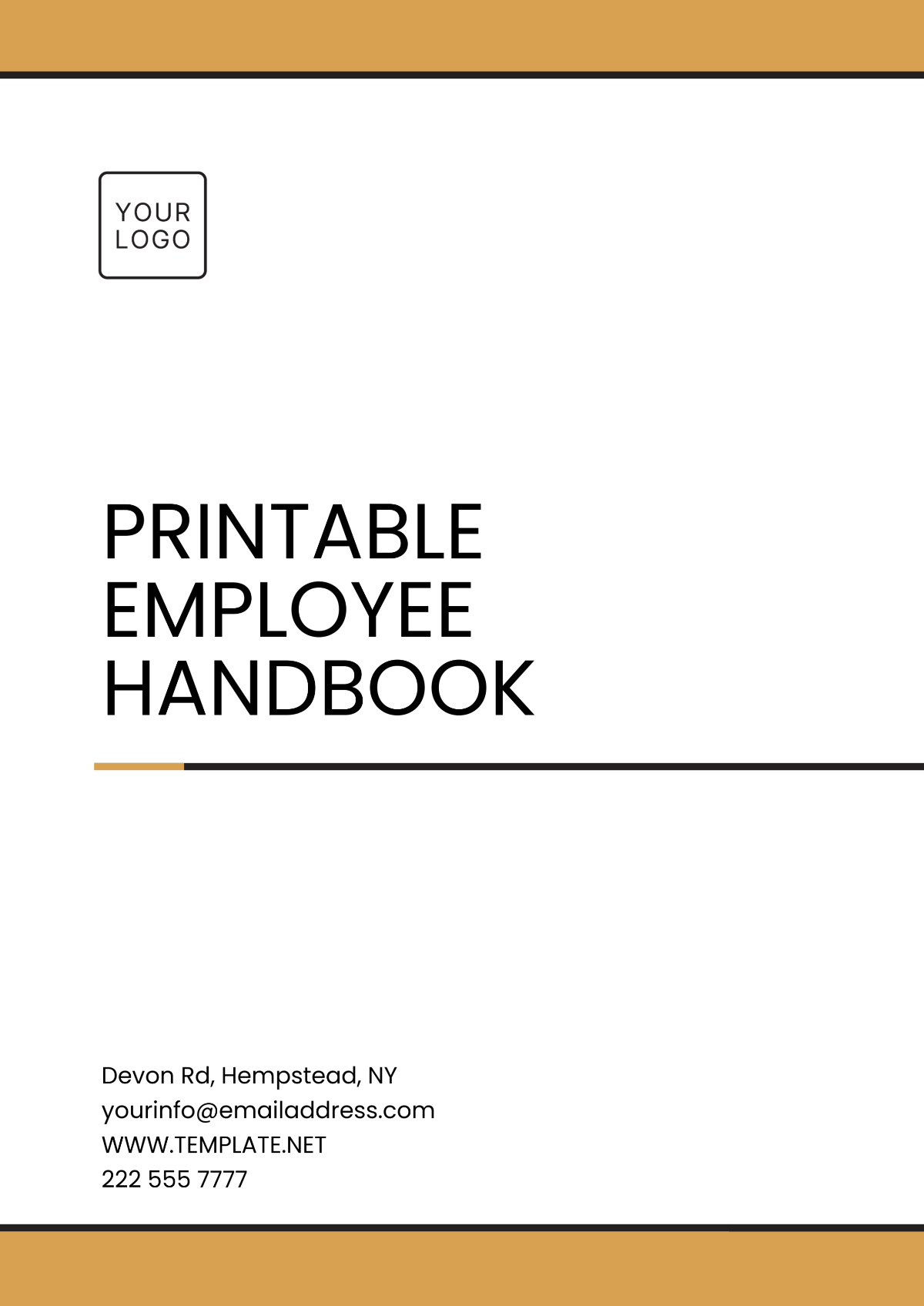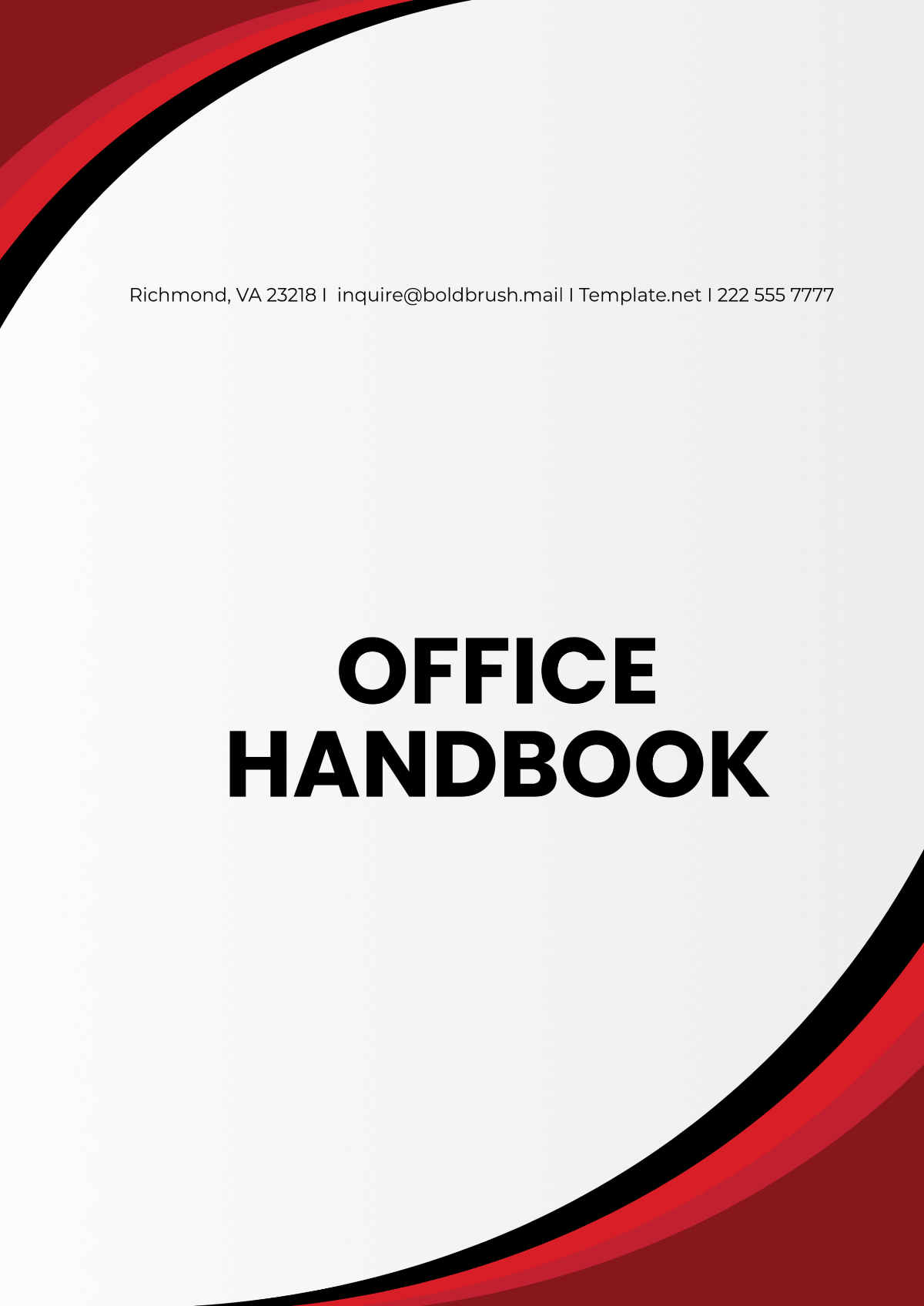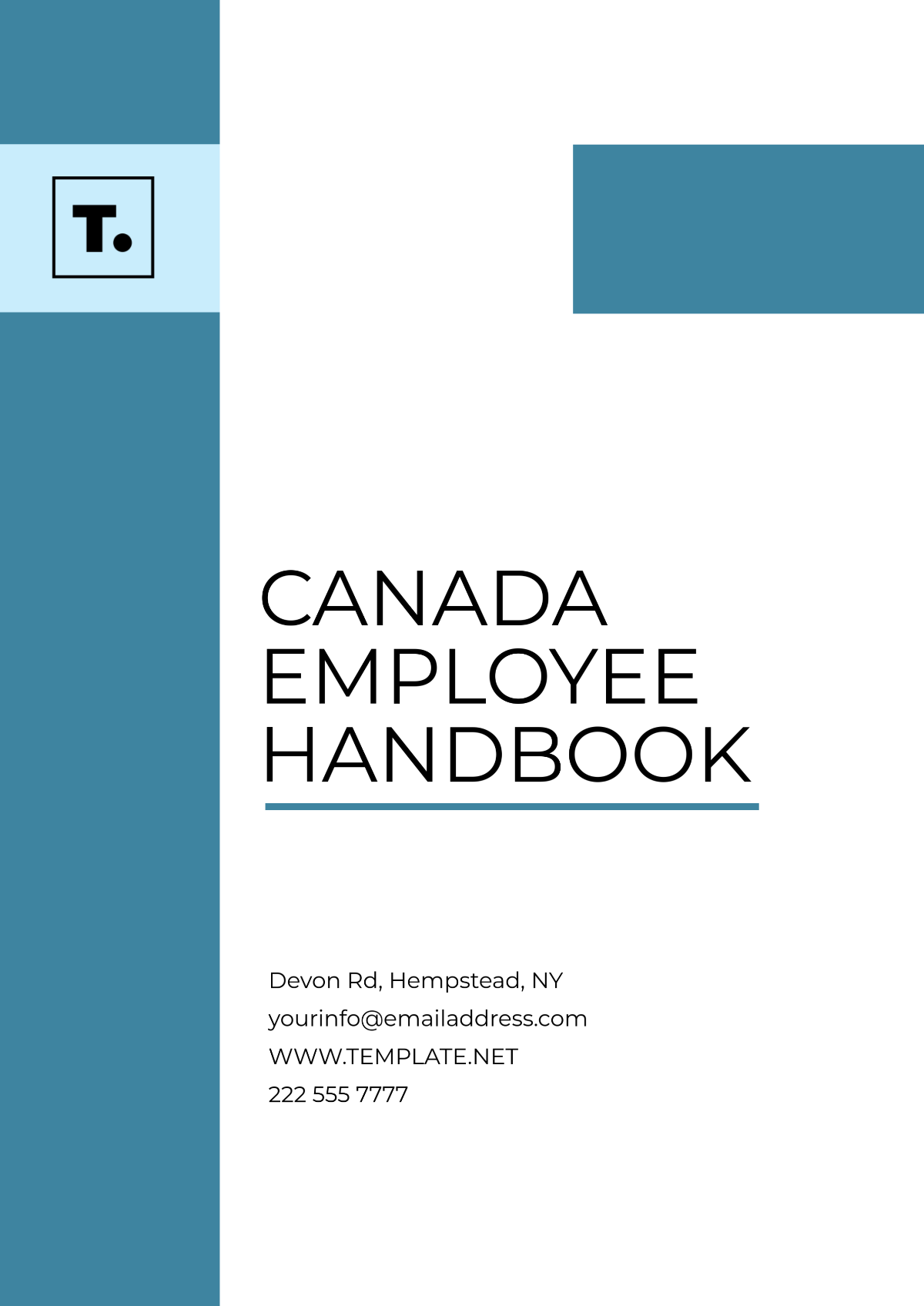Project Management Handbook
I. Introduction
Welcome to the Project Management Team at [Your Company Name]! This handbook is designed to provide you with essential information about project management processes, tools, and best practices. This handbook will serve as a valuable resource to help the team successfully plan, execute, and monitor projects.
II. About the Company
[Your Company Name] is a leading provider of [Describe product or service]. Our project management team plays a crucial role in delivering high-quality projects on time and within budget. We are committed to excellence and continuous improvement in all aspects of project management.
III. Project Management Methodology
To ensure successful project delivery, the following phases are incorporated into the methodology:
Initiation: Defining project objectives, scope, and stakeholders.
Planning: Developing a detailed project plan, timeline, and resource allocation.
Execution: Implementing the project plan and managing project tasks, resources, and stakeholders.
Monitoring and Controlling: Tracking project progress, identifying risks and issues, and implementing corrective actions as needed.
Closure: Formalizing project completion, documenting lessons learned, and transitioning deliverables to stakeholders.
IV. Roles and Responsibilities
Role | Responsibilities |
|---|---|
Project Manager |
|
Team Members |
|
Stakeholders |
|
Steering Committee |
|
V. Project Management Tools
Project Management Software
Our primary project management software is [Specify Software], which provides a centralized platform for creating project plans, tracking tasks, managing resources, and monitoring project progress. This software allows project managers to create detailed project schedules, assign tasks to team members, and set milestones to ensure timely delivery of project objectives.
Communication Tools
Effective communication is essential for successful project execution. We utilize tools such as [Specify Tools] for facilitating team communication, collaboration, and document sharing. These tools enable project teams to communicate in real-time, share updates, discuss project-related issues, and provide feedback, fostering a culture of transparency and collaboration.
Reporting Tools
To monitor project performance and provide stakeholders with timely updates, we use reporting tools such as [Specify Tools]. These tools allow project managers to generate project status reports, dashboards, and metrics, providing insight into project progress, key milestones, budget utilization, and potential risks. By regularly sharing project reports with stakeholders, we ensure transparency and accountability throughout the project lifecycle.
VI. Policies and Procedures
Project Governance
Our project governance framework provides guidelines for project approval, prioritization, and oversight. This framework ensures that projects align with organizational objectives, are adequately resourced, and are monitored effectively throughout the project lifecycle. Project governance also defines roles and responsibilities for project sponsors, steering committees, and project managers, establishing clear accountability and decision-making processes.
Project Documentation
Documentation is essential for capturing project requirements, plans, deliverables, decisions, and lessons learned. Our project documentation policies outline the requirements for documenting project artifacts, including project charters, scope statements, work breakdown structures, project plans, meeting minutes, and risk registers. By maintaining comprehensive project documentation, we ensure clarity, accountability, and continuity throughout the project lifecycle.
Quality Assurance
Quality assurance is integral to delivering high-quality project outcomes that meet stakeholder expectations. Our quality assurance policies and procedures define standards and processes for ensuring that project deliverables meet quality requirements and adhere to established standards. This includes conducting quality reviews, performing quality assurance activities at key project milestones, and implementing corrective actions to address quality issues promptly.
Change Management
Change is inevitable in project management, and effective change management is essential for managing project scope, schedule, and budget effectively. Our change management policies and procedures outline processes for identifying, assessing, and implementing changes to project scope, schedule, and budget while minimizing disruptions and ensuring alignment with project objectives. This includes documenting change requests, evaluating their impact on project objectives, obtaining approval from stakeholders, and communicating changes to project teams.
VII. Conclusion and Revision History
By following the guidelines and best practices outlined in this handbook, you will contribute to the success of our projects and the achievement of our organizational goals.
Version | Description | Date | Revised By |
|---|---|---|---|
1.0 | Initial Release | [Date] | [Your Name] |
1.1 | Updated Policies | [Date] | [Your Name] |

